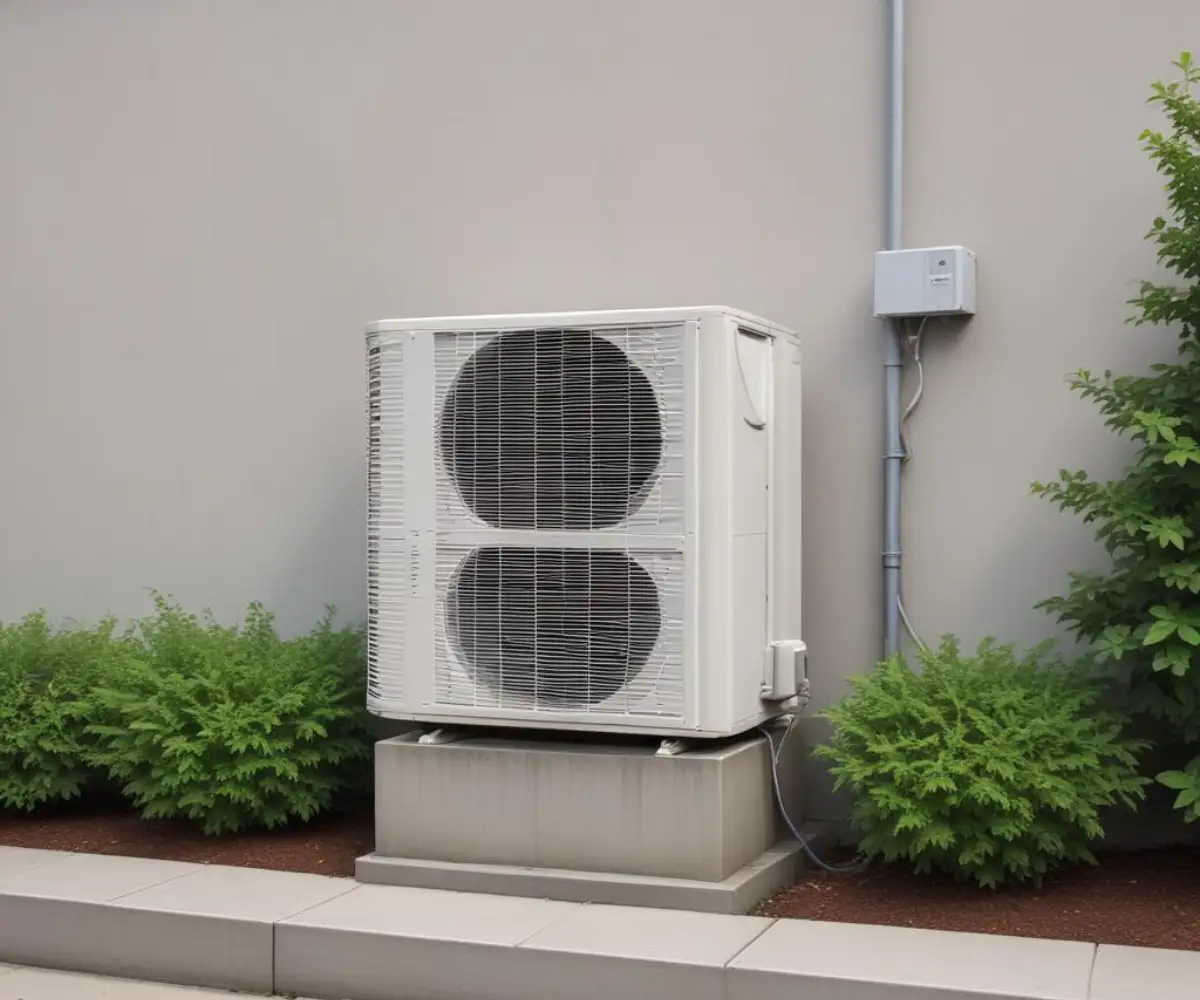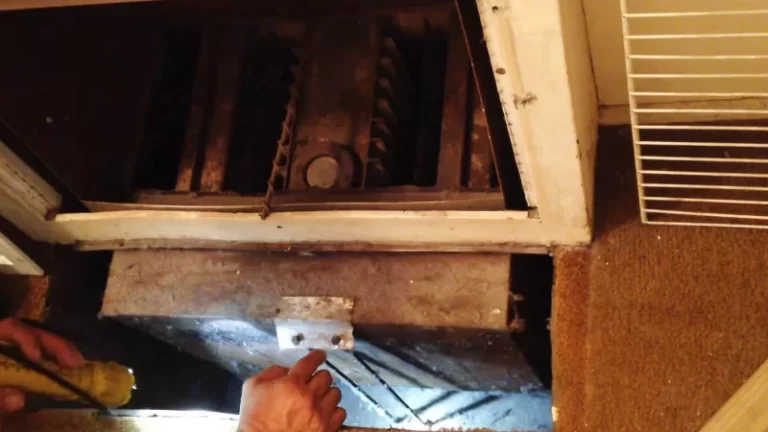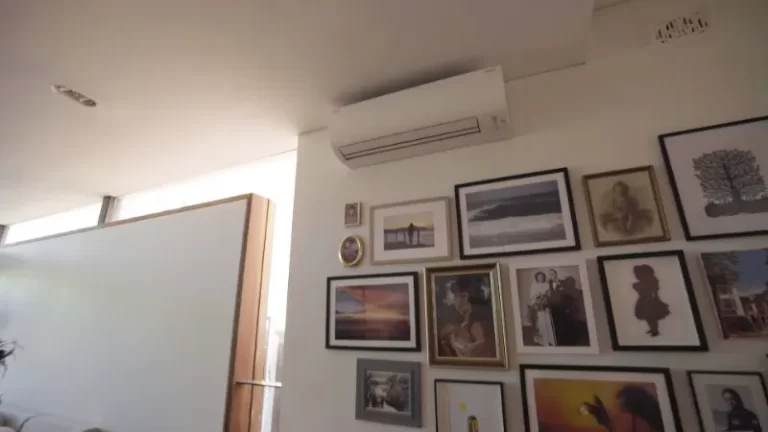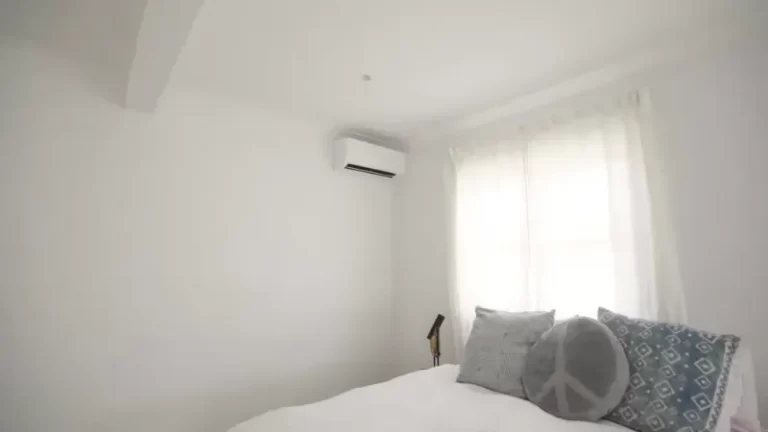Should You Replace HVAC Before It Breaks? The Proactive Guide
That lingering question in the back of your mind is a common one for homeowners: should you replace your HVAC system before it catastrophically fails? It’s tempting to adopt the “if it ain’t broke, don’t fix it” mindset. However, waiting for a complete breakdown often leads to a frantic, expensive, and stressful emergency replacement, usually during the hottest day of summer or the coldest night of winter.
Making a proactive decision gives you control over the process, allowing for thoughtful research, better pricing, and a seamless transition. This guide will walk you through the critical signs that your system is aging, the substantial benefits of early replacement, and how to make the best financial decision for your home and comfort.
You'll Learn About
Recognizing the Red Flags: Is Your HVAC on Its Last Legs?
Before your heating and cooling system gives up completely, it will almost always send out warning signs. Recognizing these signals is the first step toward avoiding an emergency. Paying attention to these indicators can save you from the discomfort and high costs of a sudden failure.
Sign 1: The Age of Your System
The single most important factor is the age of your unit. Most HVAC systems are designed to last between 15 and 25 years. However, this lifespan can be shorter depending on usage, climate, and maintenance history. If your system is approaching or has surpassed the 15-year mark, it’s operating on borrowed time.
An older system is not just a breakdown risk; it’s also far less efficient than modern units. The Department of Energy recommends considering replacement every 10-15 years to maximize energy efficiency and take advantage of newer, more environmentally friendly technology. Continuing to run an old unit means you’re likely paying more than you need to on energy bills.
Sign 2: Skyrocketing Energy Bills
Have you noticed a sudden or gradual spike in your monthly energy bills without a change in your usage habits? This is a classic sign of a failing HVAC system. As components wear out, the system has to work harder and longer to heat or cool your home, consuming significantly more energy.
Upgrading to a new, high-efficiency system can lead to dramatic savings. According to the U.S. Department of Energy, a modern ENERGY STAR certified system can reduce your heating and cooling costs by up to 20%. These savings can help offset the initial investment of a new unit over its lifespan.
Sign 3: Frequent and Costly Repairs
A reliable rule of thumb is the “50% rule.” If the cost of a repair is close to 50% of the value of a new system, replacement is almost always the more financially sound option. Pouring money into an aging unit often becomes a losing battle, with one repair leading to another.
Consider the cumulative cost of repairs over the last couple of years. If you’re on a first-name basis with your HVAC technician because of frequent breakdowns, it’s a strong indicator that the system’s core components are failing. A proactive replacement stops this cycle of expensive fixes.
Sign 4: Inconsistent Performance and Comfort Issues
Your HVAC system’s primary job is to keep you comfortable. If it’s failing at that, it’s a clear sign of trouble. You might notice some rooms are too hot while others are freezing, or the system struggles to maintain the temperature set on the thermostat.
Other performance issues include weak airflow from vents, excessive dust, or humidity problems. If your home feels unusually stuffy and humid in the summer, or dry in the winter, your aging system is likely losing its ability to manage moisture levels effectively. For homes with large windows, inconsistent temperatures can be especially noticeable, and you might explore options like where to find better insulated glass units. You can find more information about this at where to buy igu replacement.
Sign 5: Strange Noises and Odors
Your HVAC system should operate with a consistent, low-level hum. If you start hearing banging, grinding, squealing, or clanking sounds, it’s a cry for help. These noises often indicate serious mechanical problems, like a failing motor, worn-out bearings, or a loose fan belt.
Similarly, persistent musty or burning smells are cause for immediate concern. A musty odor could signal mold growth in your ductwork, while a burning smell might indicate a problem with the motor or wiring. Ignoring these auditory and olfactory warnings can lead to a complete system failure.
The Strategic Advantage: Why Proactive Replacement Pays Off
Choosing to replace your HVAC system on your own terms, rather than in a moment of crisis, offers significant advantages. It transforms a potential emergency into a planned home improvement project, giving you control over timing, budget, and choices.

Financial Savings and Better Deals
Timing is everything. HVAC contractors are busiest during the peak of summer and winter when emergency calls flood in. Scheduling a replacement during the off-season, like spring or fall, often results in better pricing and more flexible scheduling. Contractors and manufacturers frequently offer rebates and special financing during these slower months to incentivize homeowners.
By planning, you have ample time to research different brands, models, and efficiency ratings. You can gather multiple quotes from different contractors without the pressure of a broken unit forcing you into a quick, and often more expensive, decision. This measured approach ensures you get the best system for your needs at the most competitive price.
Enhanced Energy Efficiency and Lower Bills
Modern HVAC systems are marvels of efficiency. The efficiency of air conditioners is measured by the Seasonal Energy Efficiency Ratio (SEER), and for furnaces, it’s the Annual Fuel Utilization Efficiency (AFUE). Today’s standards are much higher than they were a decade ago.
Upgrading from an older, low-SEER unit to a new high-efficiency model can cut your energy consumption for cooling by 20% to 50%. This translates into substantial monthly savings on your utility bills, allowing the new system to pay for itself over time. These savings are even more pronounced when dealing with specialized or high-end units; for instance, understanding the cost-to replace sub zero compressor can highlight the value of a full system upgrade over a single expensive repair.
Improved Home Comfort and Air Quality
A new HVAC system delivers more than just financial benefits. Modern units provide superior, more consistent temperature control throughout your home, eliminating hot and cold spots. They also excel at managing humidity, making your indoor environment feel more comfortable year-round.
Furthermore, advanced filtration systems in new models can significantly improve your indoor air quality. They are better at removing dust, pollen, pet dander, and other allergens from the air. For family members with allergies or respiratory issues, this can be a life-changing improvement.
Peace of Mind and Reliability
Perhaps the most underrated benefit of proactive replacement is the peace of mind it brings. You can rest easy knowing you have a reliable, efficient, and safe system keeping your home comfortable. You won’t have to worry about a potential breakdown during extreme weather or face the stress of an unexpected, large expense.
A new system also comes with a warranty, typically covering parts and labor for several years. This protects you from unforeseen repair costs and ensures your investment is secure.
Making the Decision: A Cost-Benefit Analysis
Deciding to invest in a new HVAC system is a major financial decision. In 2025, the average cost for a full HVAC replacement can range from $8,000 to $20,000, depending on the system type, your home’s size, and local labor costs. Here’s how to weigh the costs and benefits.
The “Repair vs. Replace” Calculation
A common guideline used by technicians is to multiply the age of the unit by the cost of the repair. If the total exceeds $5,000, replacement is generally recommended. For example, for a 12-year-old system with a $450 repair bill (12 x 450 = $5,400), replacement is the smarter long-term choice.
This simple formula helps put the immediate cost of a repair into the perspective of the system’s remaining lifespan and potential future repair costs.
Understanding New System Costs and ROI
While the upfront cost of a new HVAC system is significant, the return on investment comes from several areas. Lower energy bills, fewer repair costs, and potential government or utility rebates all contribute to the long-term savings. For homeowners in specific situations, such as those dealing with unique window setups, the overall cost-benefit analysis might also include related upgrades. Finding efficient air conditioner storm window replacement options cost can further enhance the efficiency gains from a new HVAC system.
The table below provides a general overview of potential costs and savings.
| Factor | Details and Considerations |
|---|---|
| Average Replacement Cost | $8,000 – $20,000+. This depends on the system’s size (tonnage), efficiency rating (SEER/AFUE), brand, and installation complexity. |
| Annual Energy Savings | Up to 20-40% reduction in heating and cooling costs, potentially saving hundreds of dollars per year. |
| Avoided Repair Costs | Eliminates the need for frequent, costly repairs on an aging system, which can average $300-$1,000 per incident. |
| Rebates and Tax Credits | Federal and local incentives for installing high-efficiency models can offset the initial cost by hundreds or even thousands of dollars. |
| Increased Home Value | A new, efficient HVAC system is an attractive feature for potential home buyers, adding value to your property. |
Financing Your New HVAC System
The upfront cost of a new HVAC system can be a barrier for many homeowners. Fortunately, there are numerous financing options available to make this investment more manageable.
Many HVAC companies partner with financial institutions to offer flexible payment plans, sometimes with 0% interest for a promotional period. Other options include personal loans from a bank or credit union, or a home equity line of credit (HELOC). Be sure to explore all available options to find a payment plan that fits your budget.
Final Thoughts: Don’t Wait for Disaster to Strike
While it may feel counterintuitive to spend thousands of dollars on something that is still technically working, the evidence overwhelmingly supports proactive HVAC replacement. The financial savings, improved comfort, better air quality, and invaluable peace of mind make it a wise investment in your home and well-being.
Start by assessing the age and performance of your current system. If you’re seeing any of the red flags—rising bills, frequent repairs, or inconsistent comfort—it’s time to start planning. By taking control of the situation, you can turn a potential crisis into a smart, strategic home upgrade.



